Recent Regulations Regarding Electricity Storage Activity
Introduction
Technology has evolved to the point, today, where we use the energy we obtain from different sources most commonly in the form of electrical energy. Electricity is an ideal form of energy through which to perform our daily tasks due to its ease of transfer and conversion to different energy forms.
On the other hand, perhaps the biggest challenge we encounter in the use of electricity is that electricity cannot be stored - it must be consumed as it is supplied to the grid. This is because electricity, itself, cannot be stored on any scale; however, it can be converted to other forms of energy, which can be stored and later reconverted to electricity on demand. Storage systems for electricity include batteries, flywheels, compressed air and pumped hydro storage systems.
That being said, any of these systems are limited in the total amount of energy they can store and are significantly inefficient. Thus, although these systems have historically been used on an industrial scale, they have had only a limited role in the general electricity network (i.e. the electricity network covering transmission and distribution networks). In the modern era, it is possible to say that electrical storage systems are designed to provide ancillary services to the transmission system, including frequency control. This is the main role of grid-scale batteries/ accumulators.
In addition to this traditional role, it is also on the agenda to establish facilities that are connected to the electricity grid, which have the purpose of real electricity storage beyond frequency control. In addition to the classical market activities (generation, transmission, distribution, wholesale and retail sales, etc.) that can be carried out under a license obtained from the Energy Market Regulatory Authority (“EMRA”) in accordance with Electricity Market Law No. 6446, electricity storage has also been listed among the activities that can be carried out without a license.
Storage Regulation
 Until recently, there was no clarity on how electricity storage activities are to be conducted. However, various regulations and legislative amendments regarding electricity storage activities were published in the Official Gazette dated 09.05.2021 and entered into force. The first of the regulations that came into force on this date is the Regulation on Storage Activities in the Electricity Market (“Storage Regulation”) prepared by the EMRA. In addition, amendments to numerous other regulations, such as the Electricity Market Licensing Regulation, Electricity Market Balancing and Settlement Regulation, Electricity Market Grid Regulation, Electricity Market Connection and System Usage Regulation, and Regulation on Certification and Support of the Renewable Energy Resources, were made on the same date to include electricity storage activities.
Until recently, there was no clarity on how electricity storage activities are to be conducted. However, various regulations and legislative amendments regarding electricity storage activities were published in the Official Gazette dated 09.05.2021 and entered into force. The first of the regulations that came into force on this date is the Regulation on Storage Activities in the Electricity Market (“Storage Regulation”) prepared by the EMRA. In addition, amendments to numerous other regulations, such as the Electricity Market Licensing Regulation, Electricity Market Balancing and Settlement Regulation, Electricity Market Grid Regulation, Electricity Market Connection and System Usage Regulation, and Regulation on Certification and Support of the Renewable Energy Resources, were made on the same date to include electricity storage activities.
The Storage Regulation has been implemented in order to determine the procedures and principles regarding the establishment of electrical storage units or facilities, their connection to the transmission or distribution systems, and the use of these units or facilities in market activities. The subjects that are introduced by the relevant regulation will be discussed below.
Scope
Firstly, as per Article 2 of the Storage Regulation, hydroelectric power plants with pumped storage and uninterrupted power supplies that are installed to be used during power outages are excluded from the scope of the regulation.
Apart from this, facilities that can store electrical energy and deliver stored energy to the system are within the scope of the relevant regulation.
Storage Activity
In accordance with Article 4 of the Storage Regulation, electricity storage activity can be conducted by (i) electricity storage units integrated with generation facilities, (ii) electricity storage facilities integrated with consumption facilities, (iii) stand-alone electricity storage facilities, and (iv) electricity storage facilities that can be established by the network operators.
Facility Installation and Connection Principles
According to Articles 5 to 8 of the Storage Regulation, the installation and connection principles of these four different types of electrical storage facilities are as follows.
Electric storage units integrated with generation facilities:
- It is an electrical storage unit that can store the electrical energy generated in the production facility or withdrawn from the system within the boundaries of the plant site, and which can deliver the stored energy to the system for reuse.
- During the installation, the system operator's positive findings on the connection and system usage will be required.
- The installed capacity of storage unit cannot exceed the installed capacity as stated under the licenses.
- Energy that is drawn back to the storage unit from the network and returned to the grid, or lost energy in the storage unit, will not benefit from the incentives or purchase guarantees that the relevant generation facility benefits from.
- The storage facilities that are built and which are integrated with the facilities benefiting from the renewable energy resources support mechanism (“YEKDEM”) or another guaranteed purchase support mechanism, and the storage facilities that have the characteristics of a balancing unit will be registered as a separate settlement aggregation unit.
- Similarly, the volume of settlement supply of electricity storage units integrated with generation facilities within the scope of YEKDEM will not be considered within the scope of YEKDEM.
- The commissioning of storage facilities can occur only after the partial or complete commissioning of the relevant generation facilities.
- The energy supply of generation facilities with storage units built into them cannot exceed the maximum generation capability value based on the commissioned installed capacity within a settlement period.
Electric storage facilities integrated with consumption facilities:
- It is an electrical storage facility connected to the same measurement point as a consumption facility.
- An integrated storage facility can be established at the consumption point, provided that the network operator gives the appropriate connection opinion, the installed power of the storage facility does not exceed the contractual power in the connection agreement and is at the same measurement point.
- Generation facilities based on renewable energy sources that use all the energy they produce without supplying it to the system, and whose production and consumption are at the same measurement point, will also be able to establish integrated storage facilities in consumption facilities.
- If energy is supplied to the grid by the storage facilities, the energy supplied will not be taken into account in the settlement supply volume basis.
- Electricity storage facilities established in organized industrial zones are also considered as storage facilities integrated with a consumption facility.
Stand-alone electric storage facilities:
- It is a storage facility that is not integrated into a production or consumption point.
- Only supply license holders can establish autonomous storage facilities and their installed capacity must be at least 2 MW. It is possible to establish more than one storage facility under one supply license.
- The electricity supply/withdrawal of these storage facilities is taken into consideration within the scope of the settlement supply/withdrawal values.
- These facilities will also be able to participate in ancillary services and the balancing power market if they meet the relevant conditions (hence, they will be included in frequency control).
Electricity storage facilities to be established by the network operators:
- Distribution companies can establish storage facilities within their investment plans, subject to the EMRA's approval, if they can prove economic efficiency as supported by an economic cost-benefit analysis. These storage facilities cannot be used in any activity other than distribution activities.
- TEIAS will be able to establish storage facilities within the scope of pilot applications and without commercial activities, provided that it is included in the investment plans.
The design, installation, connection to the system, commissioning, and operation of all electrical storage facilities and, if deemed necessary, testing activities, will be carried out as defined in the relevant technical legislation, relevant standards, and technical criteria.
Finally, Article 11 of the Storage Regulation sets forth that an electricity storage facility with a maximum installed power of 1 MW can be established by universities, technology development zones, and industrial zones, in order to be used in R&D activities. The energy supplied by these facilities to the system will not be taken into account in the settlement supply volumes of the relevant market participants.
Privatization
In accordance with Article 10 of the Storage Regulation, the EMRA will not take any action regarding the land acquisition, or the right of use facility for the electricity storage and connection facilities to be established, except for the electricity storage units integrated with generation facilities.
Applications for Storage Facilities
Provisional Article 1 of the Storage Regulation states that the applications to be made for the electricity storage units or facilities will start one month after the date of TEIAS’s announcement of the criteria in provisional Article 1 of the Electricity Grid Regulation, published in the Official Gazette dated 28/5/2014 and numbered 29013. In accordance with the referenced provision, the relevant criteria will be announced by TEIAS at the beginning of September, at the latest. Therefore, it can be expected that applications for electricity storage facilities will start by no later than 1 October 2021.
All rights of this article are reserved. This article may not be used, reproduced, copied, published, distributed, or otherwise disseminated without quotation or Erdem & Erdem Law Firm's written consent. Any content created without citing the resource or Erdem & Erdem Law Firm’s written consent is regularly tracked, and legal action will be taken in case of violation.
Other Contents
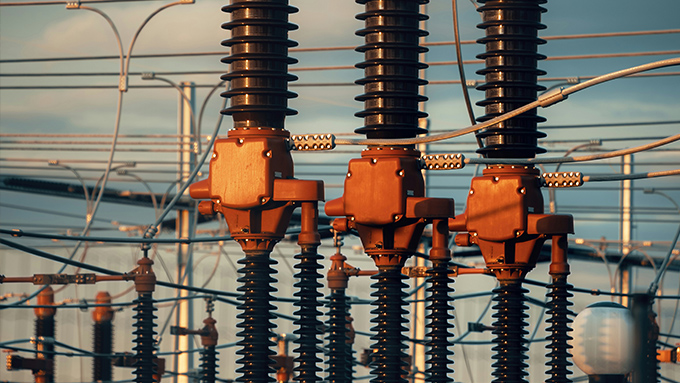
The load increase / reduction instructions issued by the Türkiye Elektrik İletim Anonim Şirketi (“TEİAŞ”) and market participants’ obligations relating to real-time balancing usually become a point of interest following power outages, malfunctions, and/or administrative investigations...
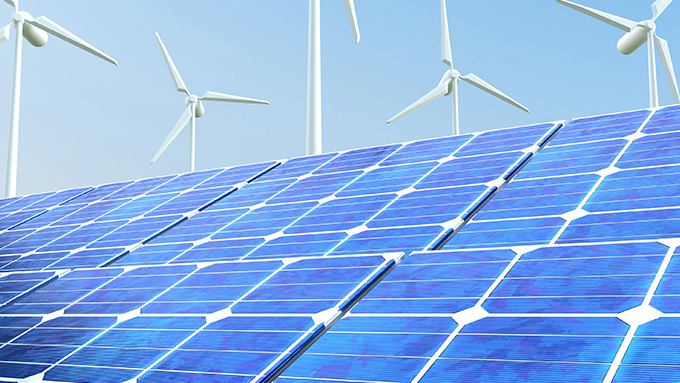
The ongoing transformation of Türkiye’s energy sector demands that legal frameworks evolve just as rapidly. Goals such as increasing the share of renewables, enhancing supply security, accelerating investment timelines, and ensuring operations remain environmentally sustainable have driven significant legislative...
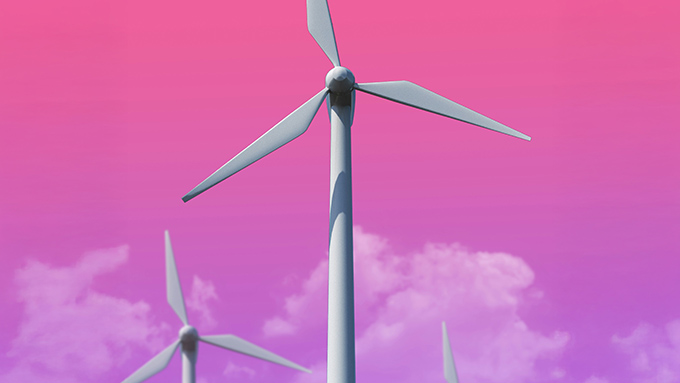
Despite the emphasis on “small-scale generation” regarding unlicensed (license-exempt) electricity generation plants in the Regulation on Unlicensed Generation in the Electricity Market (“Unlicensed Regulation”) , especially in the last three years, quite a few unlicensed electricity generation plants have...
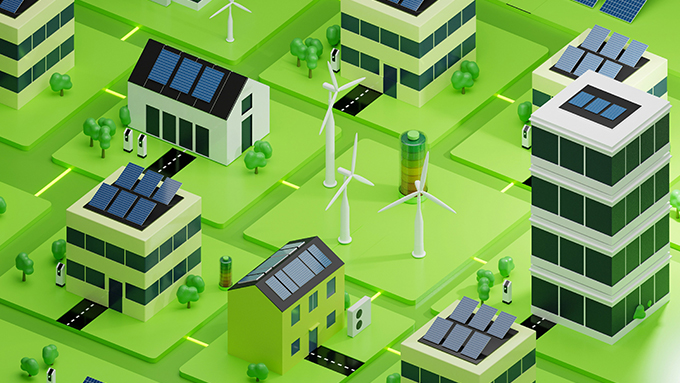
A comprehensive inclusion of renewable resources in the energy mix makes the system less predictable and flexible. To offset this, additional flexibility is expected from the demand side. This flexibility may be attained is through by implementing demand-side awareness and market participation of the...
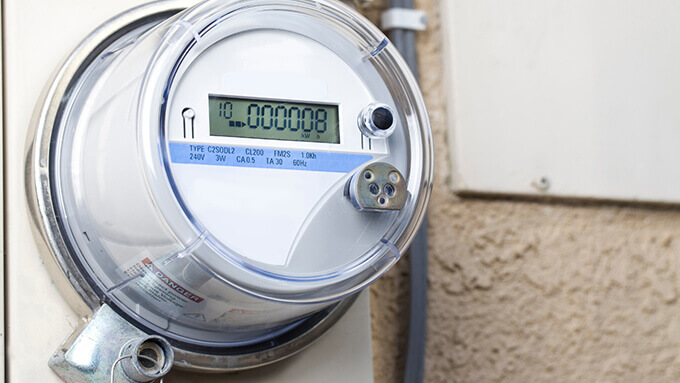
In the physical electricity trade, the metering of electricity plays a very important role in several respects such as (i) the metering of actual deliveries and receipts of electricity, (ii) estimation of the electricity generation and consumption in advance, (iii) determining the price payable by the parties for electricity supply...
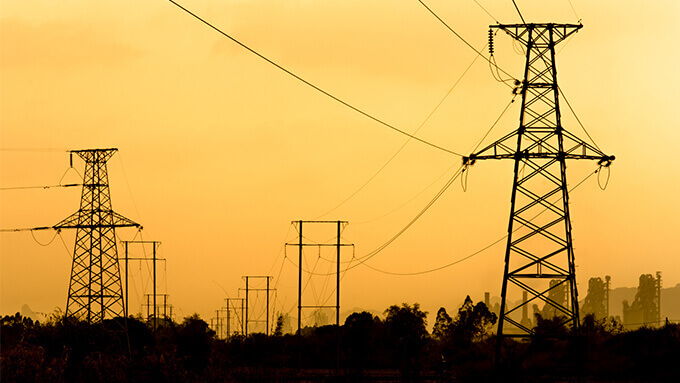
Turkish electricity market has been going through turbulent times particularly in 2022. Steep increases in commodity prices that are used in electricity generation have urged the policy makers to take measures for minimizing further price increases in the electricity market as well as for maintaining security of supply...
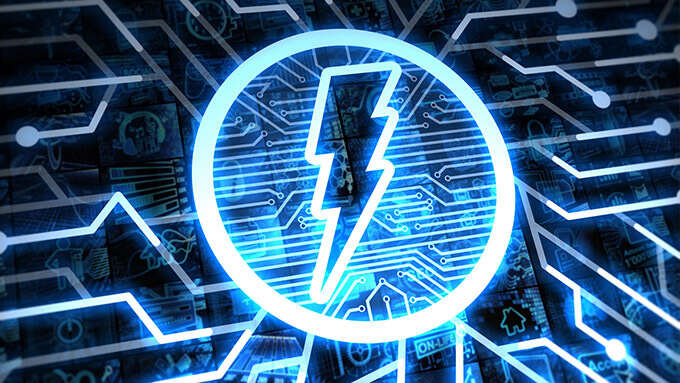
The first regulations on electricity storage activities were included in Electricity Market Law No. 6446 dated 14/3/2013 ("EML" or "Law"). Subsequently, the Regulation on Storage Activities in the Electricity Market ("Storage Activities Regulation"), which implements the law, entered into force through its publication...

Electricity Market Law numbered 6446 (“EML” or “Law”) entered into force through publication in the Official Gazette dated March 30, 2013 and numbered 28603. Share transfers of companies that operate in the energy market became one of the newly regulated issues with the publication of the Electricity...

The Electricity Market Regulatory Authority (“EMRA”) amended the Regulation on the Unlicensed Electricity Generation in the Electricity Market. Within this context, EMRA prepared three different exposure drafts amending such Regulation on 15.05.2015, 26.10.2015 and 26.11.2015. Finally, EMRA has finalized...
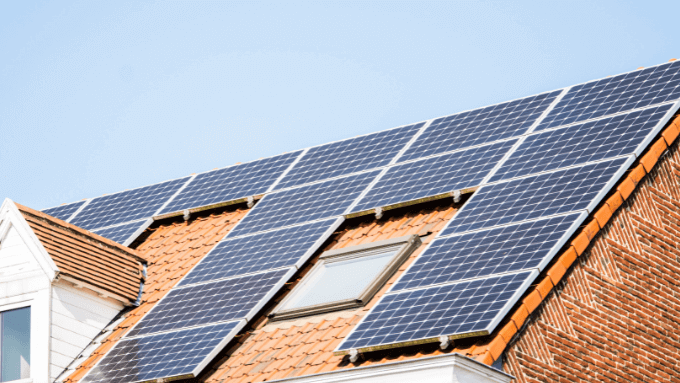
The Regulation Concerning Unlicensed Electricity Generation in the Electricity Market (“Regulation”) has been amended by the amending regulation which was published in the Official Gazette numbered 31920 and dated 11.08.2022 (“Amending Regulation”). The Amending Regulation has introduced...

The Regulation on Green Certificate for Buildings and Developments ("Regulation"), which was prepared for the purpose of reducing the negative impacts of buildings and developments on the environment by using natural resources and energy efficiently, entered into force through publication in...
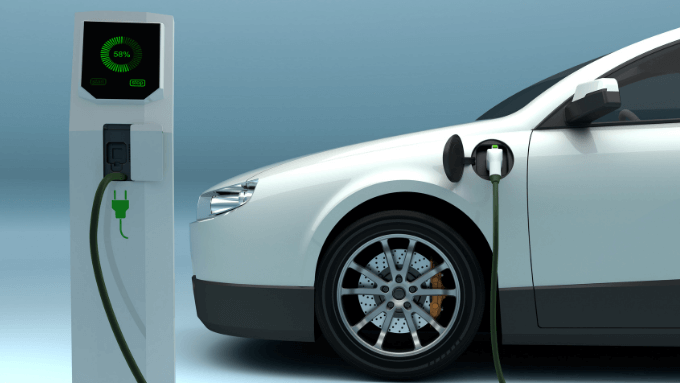
In response to the rapid increase of use of electric vehicles, legislative and regulatory initiatives have been taken to create a legal framework for electric vehicle charging services. On 21.12.2021, Electricity Market Act numbered 6446 (“EMA”) was amended to introduce charging services...







